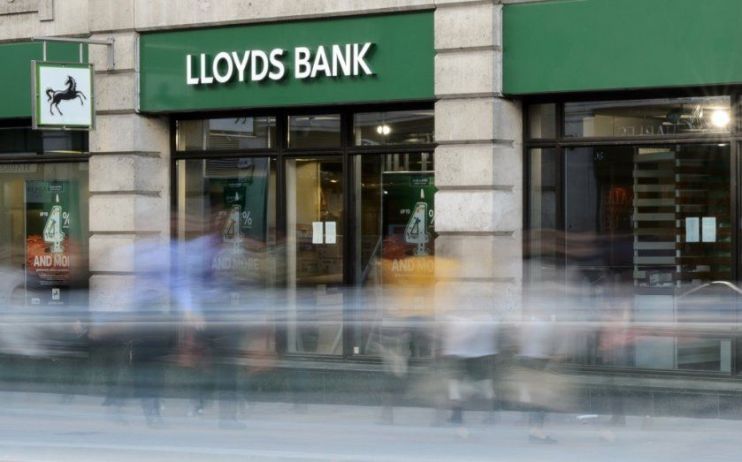Lloyds profits top City’s expectation on higher interest rates

Higher interest rates have lifted Britain’s largest mortgage lender Lloyds’s profits above the City’s expectations.
Net interest income, the difference between what a bank charges borrowers and pays depositors, surged 13 per cent over the first six months of the year to £6.1n, Lloyds said today.
That boost hoisted the lender’s pre-tax profits to £3.66bn, above analysts’ expectations but down slightly from the same period last year.
The Bank of England has lifted interest rates at each of its last five meetings to a 13-year high 1.25 per cent in response to the biggest inflation surge since 1982. It is expected next Thursday to lift them by the greatest amount since it was made independent 25 years ago.
Higher borrowing costs tend to boost banks by allowing them to charge more for loans. Lloyds said it now expects its net interest margin to widen by a greater amount than first predicted.
Lloyds shares jumped nearly four per cent off the back of the better anticipated results.
However, the bank set aside nearly £400m to cope with an expected jump in loan defaults caused by the cost of living crunch eating into households’ budgets.
Over the same period last year, Lloyds released £734m of loan-loss reserves, hoisting its profits to nearly £4bn.
“We remain well placed to withstand the current macroeconomic uncertainty,” Charlie Nunn, chief executive of Lloyds Banking Group, said.
“We remain committed to maintaining the support we give to our customers every day as they adapt to the challenges they face,” Nunn, who replaced now ousted Credit Suisse chairman António Horta-Osório last August, added.
Lloyds today kicked off what will be a closely watched second quarter UK banks’ earnings season.
The City will be combing through Barclays and NatWest’s – who report tomorrow and Friday respectively – results for signs of weakness in consumer spending in response to inflation climbing to a 40-year high of 9.4 per cent.
Nunn added Lloyds’s customers were “demonstrating resilience” by changing their behaviour in response to rising living costs.